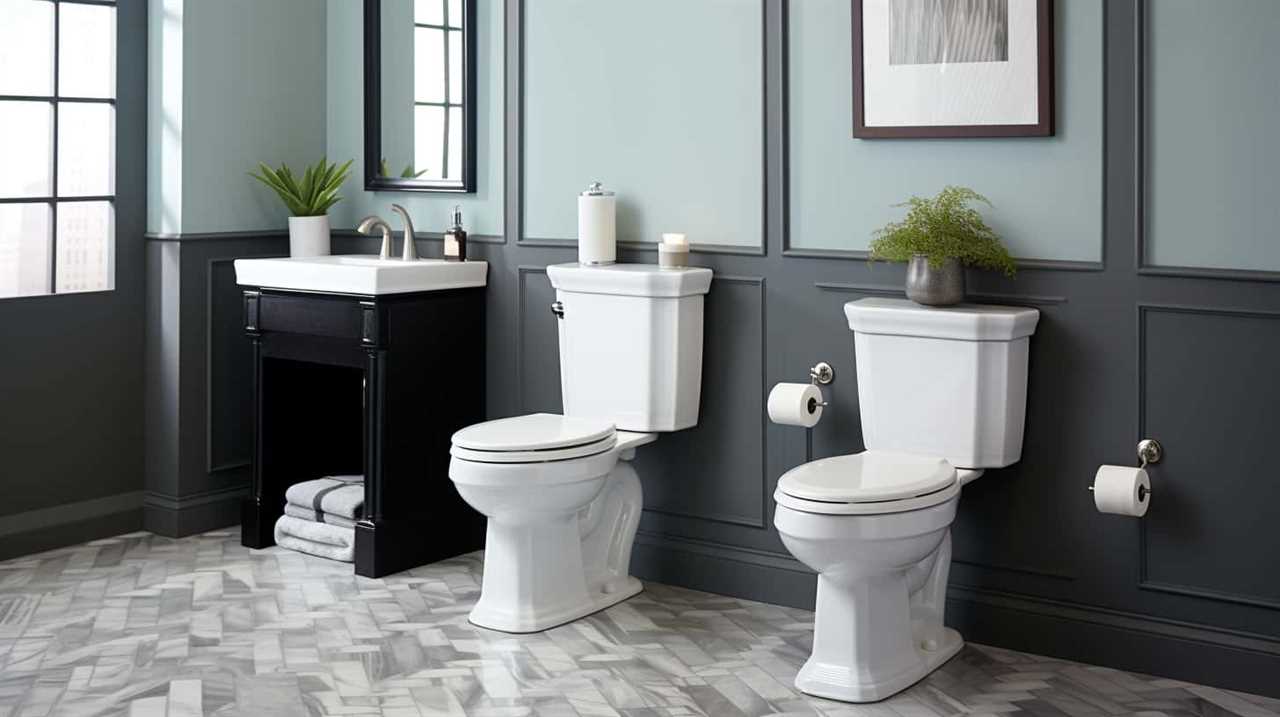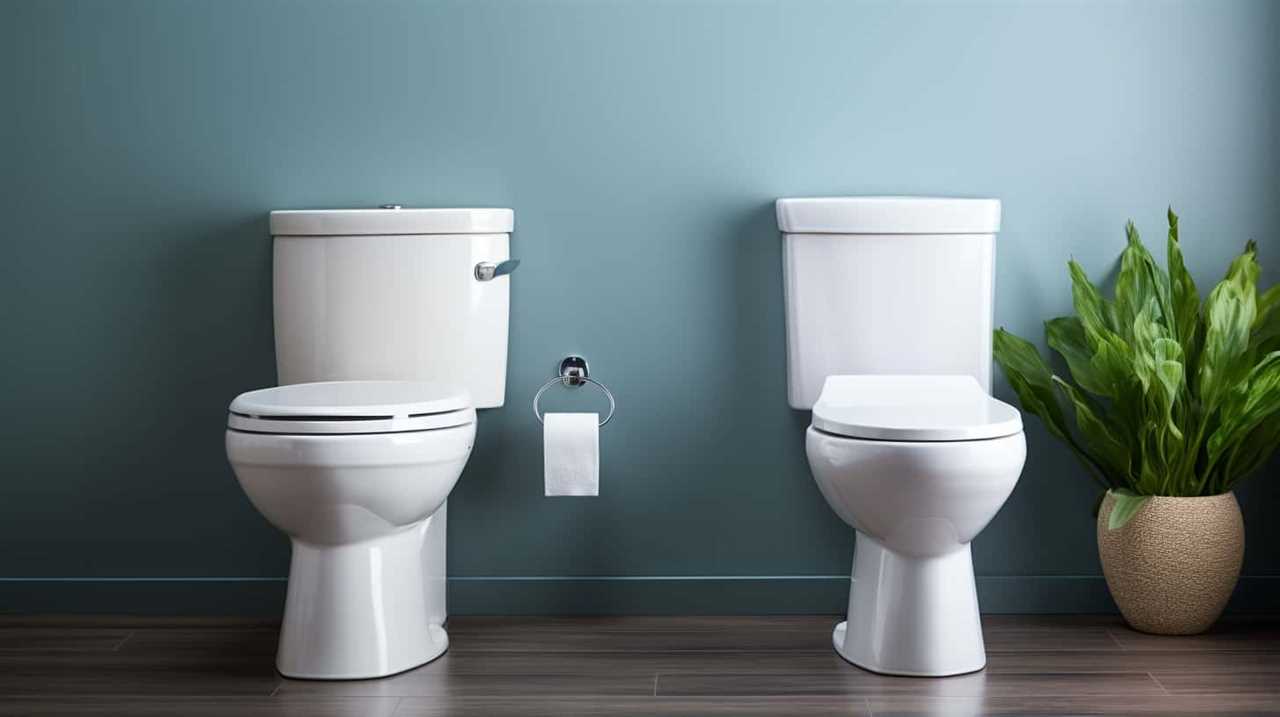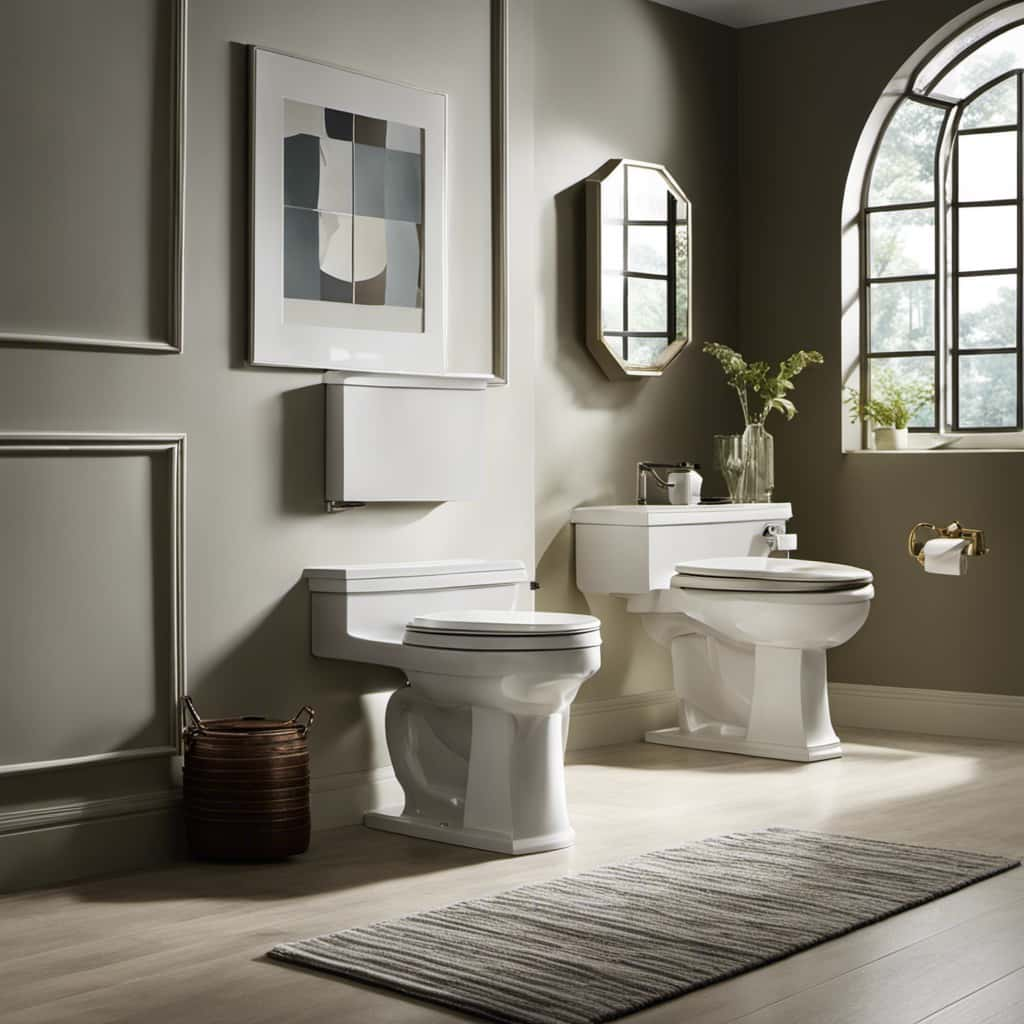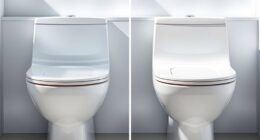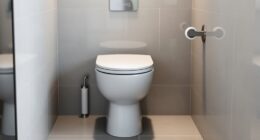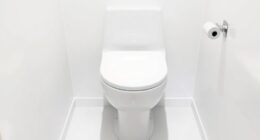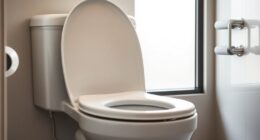We’ve all experienced it – the unpleasant situation of a clogged toilet. But what do you do if it’s due to a tampon?
In this article, we’ll delve into the potential damage that a tampon can do to your plumbing, the signs that indicate a clogged toilet, and DIY methods to unclog it.
We’ll also discuss when it’s time to call a professional plumber and provide tips to prevent tampon clogs in the future.
Get ready to master the art of dealing with this plumbing predicament!
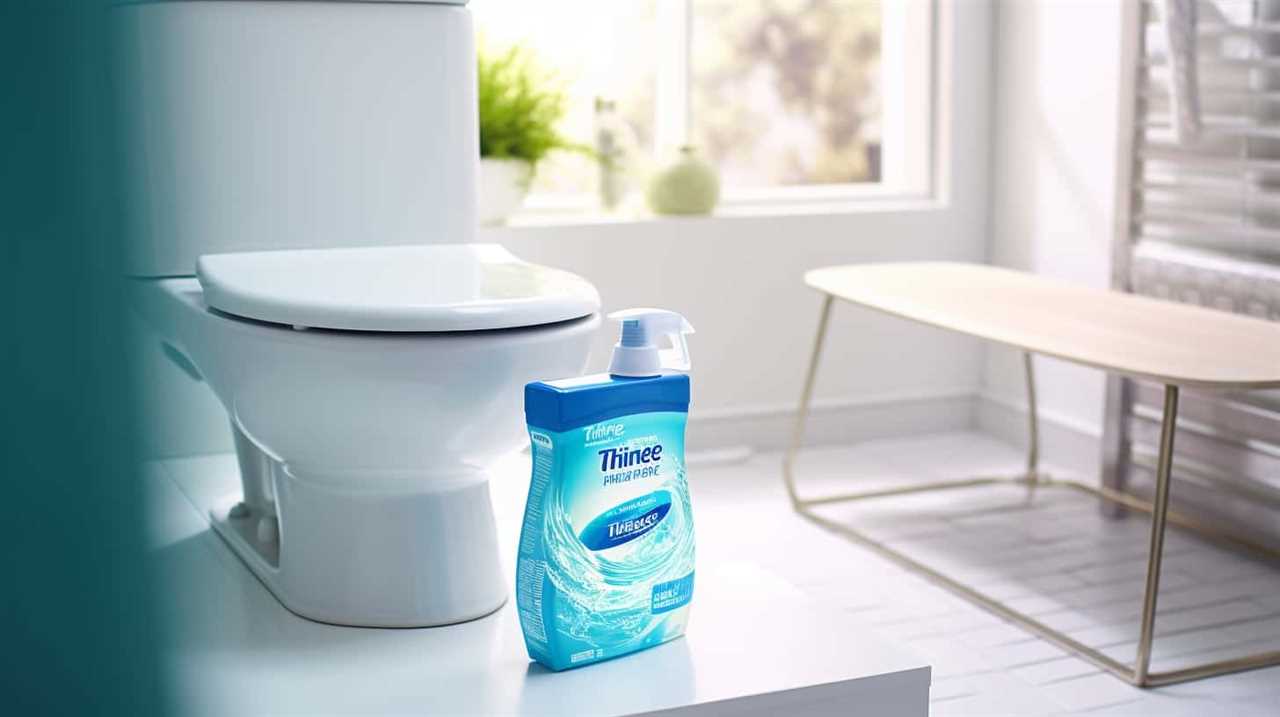
Key Takeaways
- Flushing tampons can cause significant damage to plumbing systems.
- Proper disposal or use of alternative menstrual products is crucial to prevent blockages and expensive repairs.
- Signs of a clogged toilet include rising water level, slow drainage, gurgling sounds, foul odor, and water backing up into other fixtures.
- DIY methods like using a plunger can be effective in unclogging a toilet, but calling a professional plumber may be necessary for more severe blockages.
The Potential Damage to Your Plumbing
Using a tampon that clogs a toilet can potentially cause significant damage to our plumbing system. Contrary to common misconceptions, tampons aren’t designed to be flushed down the toilet. When a tampon is flushed, it can get stuck in the pipes, leading to blockages and potentially expensive repairs.
The potential costs associated with a clogged toilet include plumbing fees, water damage restoration, and even structural repairs if the issue isn’t addressed promptly. It’s important to understand that tampons don’t break down easily like toilet paper, and they can accumulate in the pipes over time, causing backups and sewage backups.
To avoid these potential issues, it’s crucial to dispose of tampons properly in a waste bin or invest in alternative menstrual products that are specifically designed for flushing.
Signs That Indicate a Clogged Toilet
We can identify a clogged toilet by observing certain signs. There are several common toilet clog symptoms that can help us determine if our toilet is clogged.
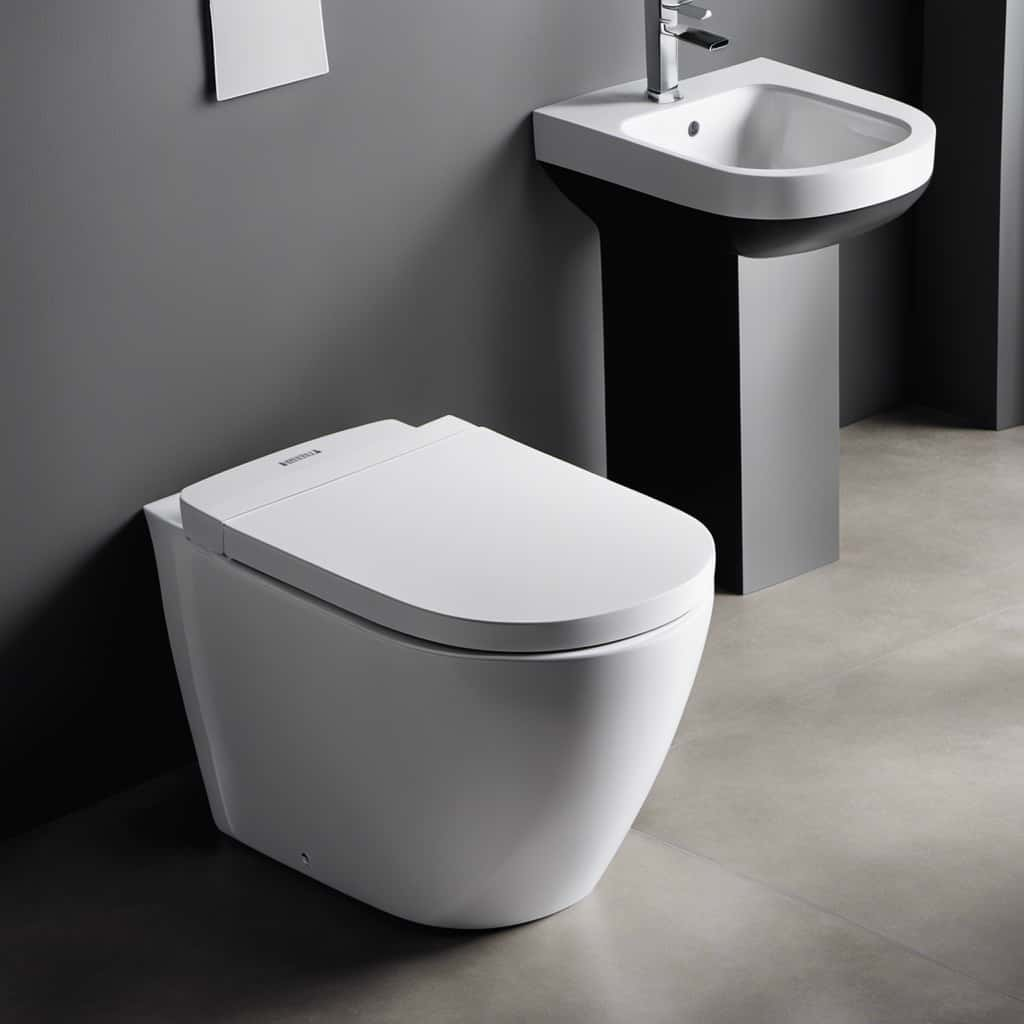
One of the most noticeable signs is when the water level in the toilet bowl rises higher than usual or doesn’t go down after flushing. This indicates that there’s a blockage preventing the water from draining properly.
Another symptom is when the water in the toilet bowl drains slowly, indicating that there may be an obstruction in the pipes.
Additionally, if you notice gurgling sounds coming from the toilet or other drains when you flush, it could be a sign of a clog.
Other signs include a foul odor coming from the toilet or water backing up into the bathtub or sink.
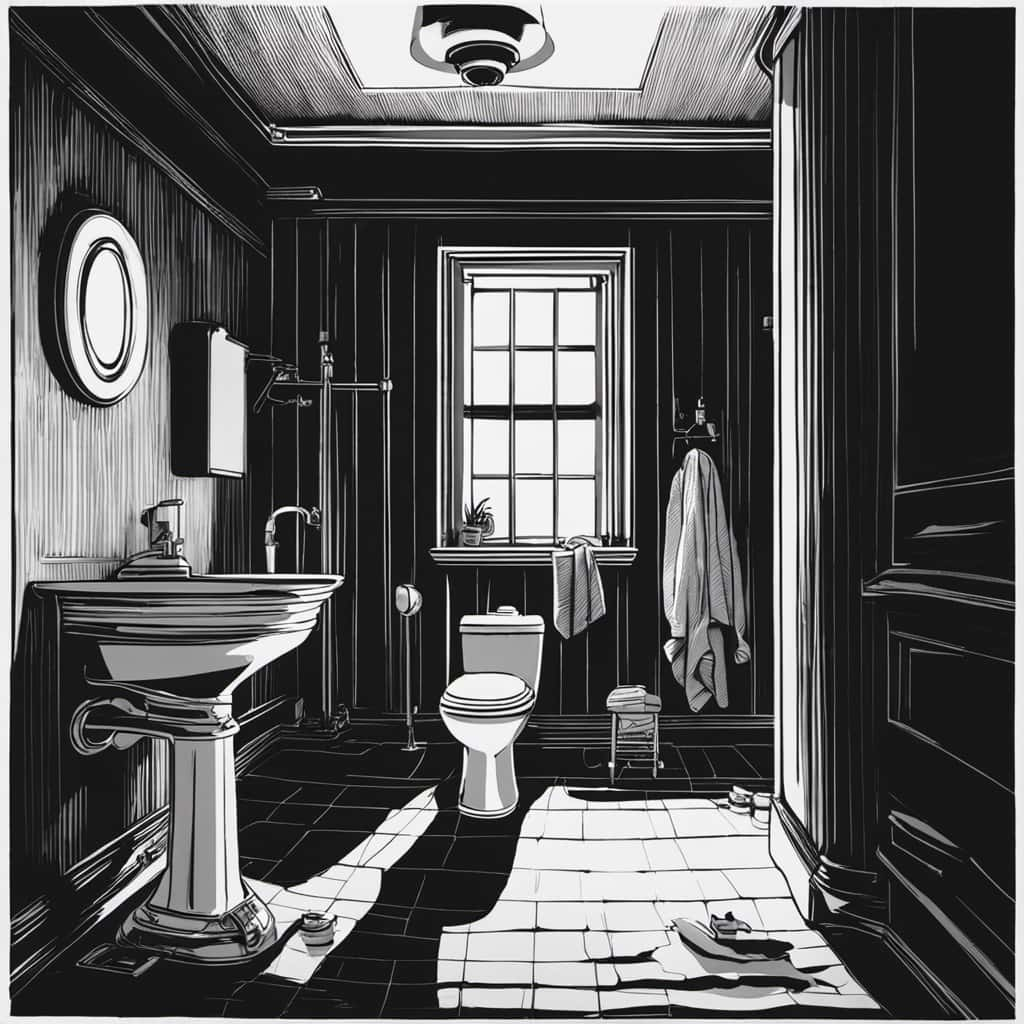
These common toilet clog symptoms can help us identify when our toilet is clogged and take appropriate action to resolve the issue.
DIY Methods to Unclog a Toilet With a Tampon
To unclog a toilet with a tampon, one effective method is to use a plunger. This DIY unclogging technique can help dislodge the tampon and restore proper flow in the toilet. Here is a table outlining the steps to follow when using a plunger:
| Step | Instructions |
|---|---|
| 1 | Position the plunger over the drain hole. |
| 2 | Create a seal by pressing the plunger firmly against the bowl. |
| 3 | Push down and pull up on the plunger forcefully to create suction. |
| 4 | Repeat the plunging motion several times until the clog is cleared. |
After successfully unclogging the toilet, it is important to properly dispose of the tampon. Wrap it in toilet paper or a plastic bag before discarding it in a trash bin. Remember to never flush tampons as they can cause clogs in the sewer system. If DIY methods fail to unclog the toilet, it may be necessary to call a professional plumber for further assistance.
When to Call a Professional Plumber
If a tampon clogs a toilet, it’s important to know when it’s necessary to call a professional plumber.
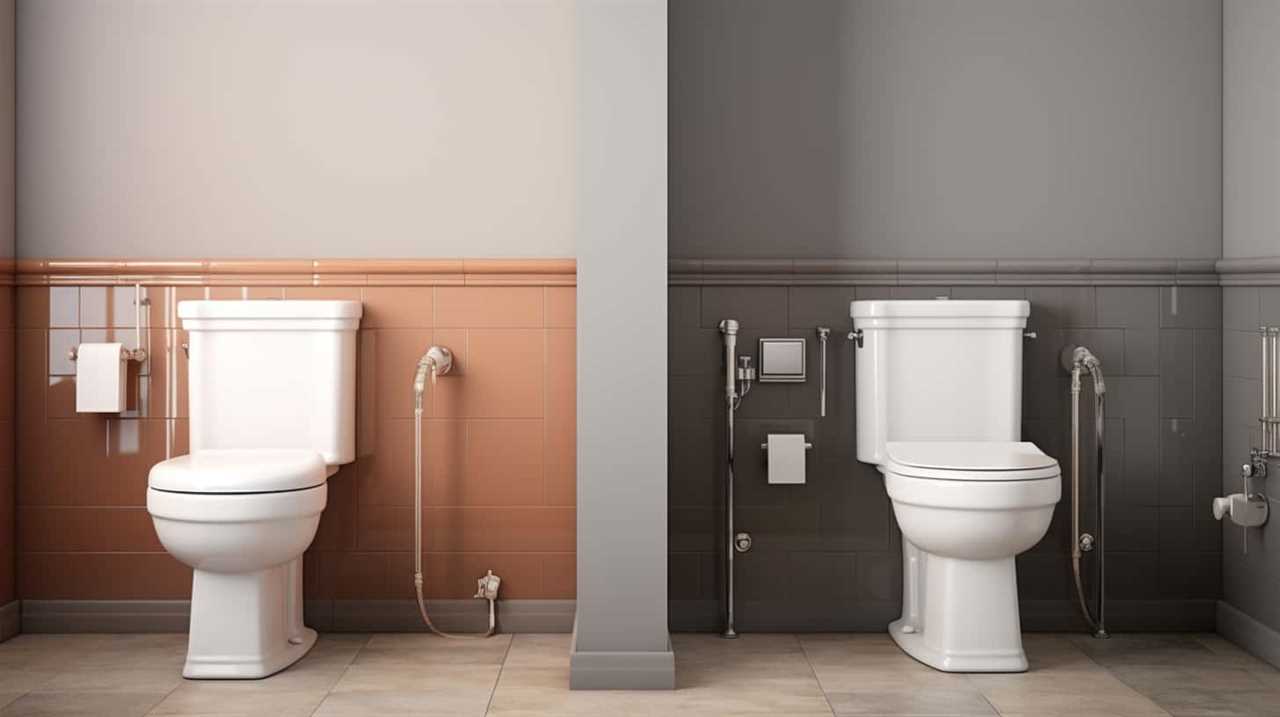
While minor clogs can often be resolved using DIY methods, there are certain signs that indicate the need for professional assistance.
One of these signs is when the toilet continues to overflow even after attempting to unclog it. This could indicate a more severe blockage deeper within the plumbing system.
Another sign is if multiple fixtures in the house, such as sinks or showers, are experiencing drainage issues at the same time. This suggests a larger problem with the main sewer line.
Additionally, if you notice a foul odor coming from the toilet or the drains, it could be a sign of a serious clog that requires the expertise of a plumber.
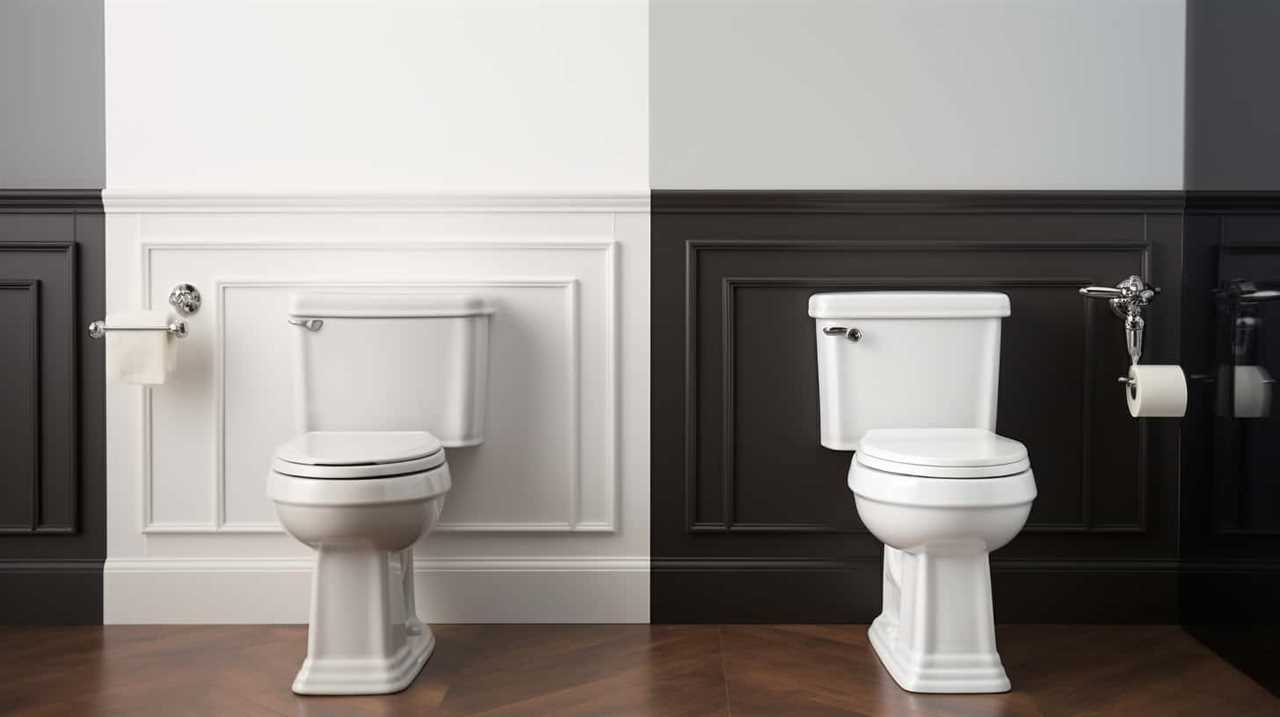
When encountering these signs, it’s best to hire a plumber to avoid further damage and ensure a proper and thorough fix.
Tips to Prevent Tampon Clogs in Toilets
To prevent tampon clogs in toilets, it’s important to properly dispose of them in a waste bin instead of flushing them. Flushing tampons can have serious consequences, both for your plumbing system and the environment. Here are some tips to help you avoid these issues:
- Wrap it up: After using a tampon, wrap it in toilet paper or use a small disposal bag before placing it in the waste bin. This helps contain any potential odor and keeps it discreet.
- Educate others: Talk to your friends, family, and co-workers about the proper disposal of tampons. By spreading awareness, you can prevent clogs and reduce the environmental impact.
- Choose eco-friendly options: Consider using biodegradable or organic tampons that are designed to break down more easily in landfill conditions, reducing their environmental impact.
Frequently Asked Questions
How Long Does It Take for a Tampon to Clog a Toilet?
Tampons can cause clogs in toilet plumbing if improperly disposed of. The time it takes for a tampon to clog a toilet depends on various factors, such as water flow and size of the plumbing system.
Can Flushing Multiple Tampons at Once Cause More Damage to the Toilet?
Flushing multiple tampons at once can cause significant plumbing damage. The force of the water may not be able to dislodge them, leading to clogs and potential backups in the toilet and pipes.

Are There Any Health Risks Associated With Flushing Tampons?
When it comes to the health risks of flushing tampons, it’s essential to consider the potential consequences. Not only can it lead to clogged toilets, but it also poses environmental concerns.
Can a Tampon Clog the Main Sewer Line?
A tampon can potentially clog the main sewer line, leading to plumbing consequences such as backups and blockages. This can have an environmental impact as well, as it may contribute to sewage overflows and damage to wastewater treatment systems.
Are There Any Alternative Methods to Dispose of Tampons to Avoid Clogging Toilets?
There are alternative disposal methods for tampons to avoid clogging toilets. One option is to use a designated disposal bin. This prevents environmental impact and ensures proper disposal of tampons.
Conclusion
In conclusion, it’s crucial to avoid flushing tampons down the toilet as they can cause serious damage to your plumbing.
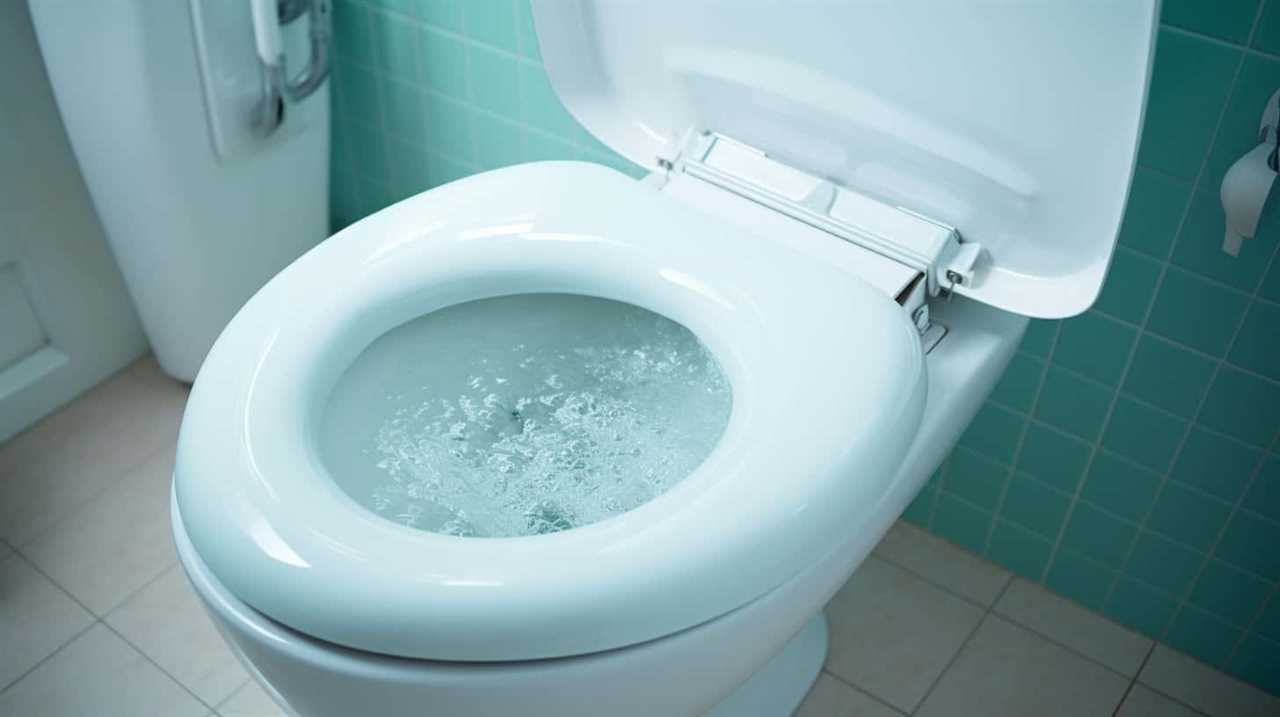
Signs of a clogged toilet include slow drainage and gurgling noises.
While there are DIY methods to unclog a toilet, it’s best to call a professional plumber for effective and safe solutions.
Remember, preventing tampon clogs in toilets is essential, as dealing with the aftermath can be a real nightmare, like swimming upstream in a sea of toilet paper.
